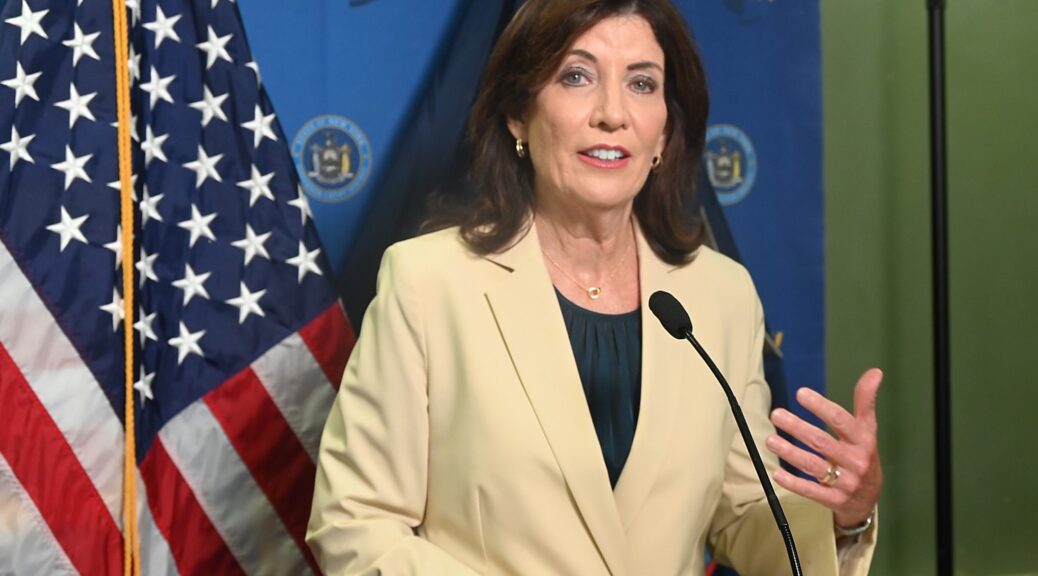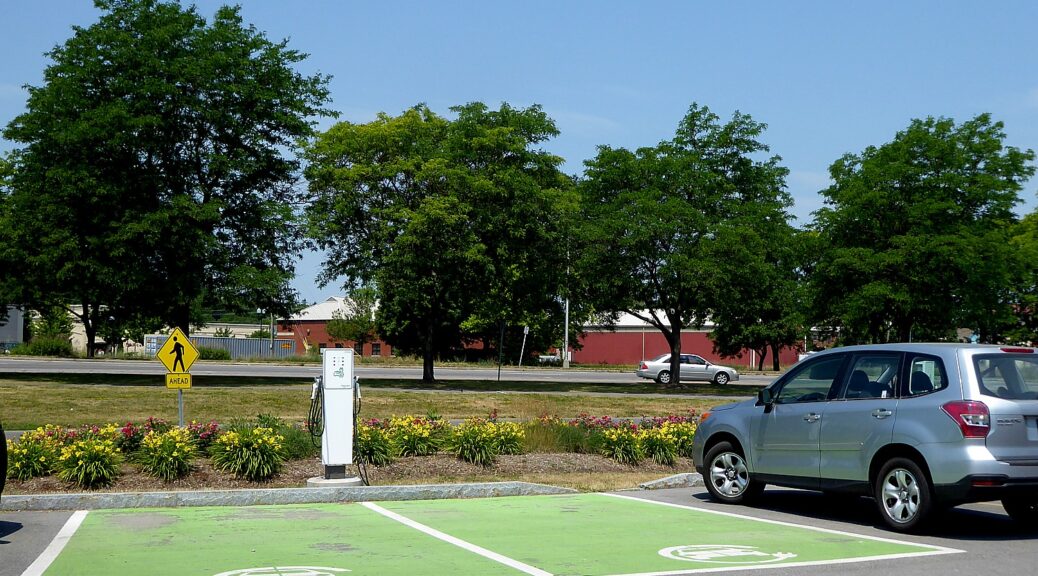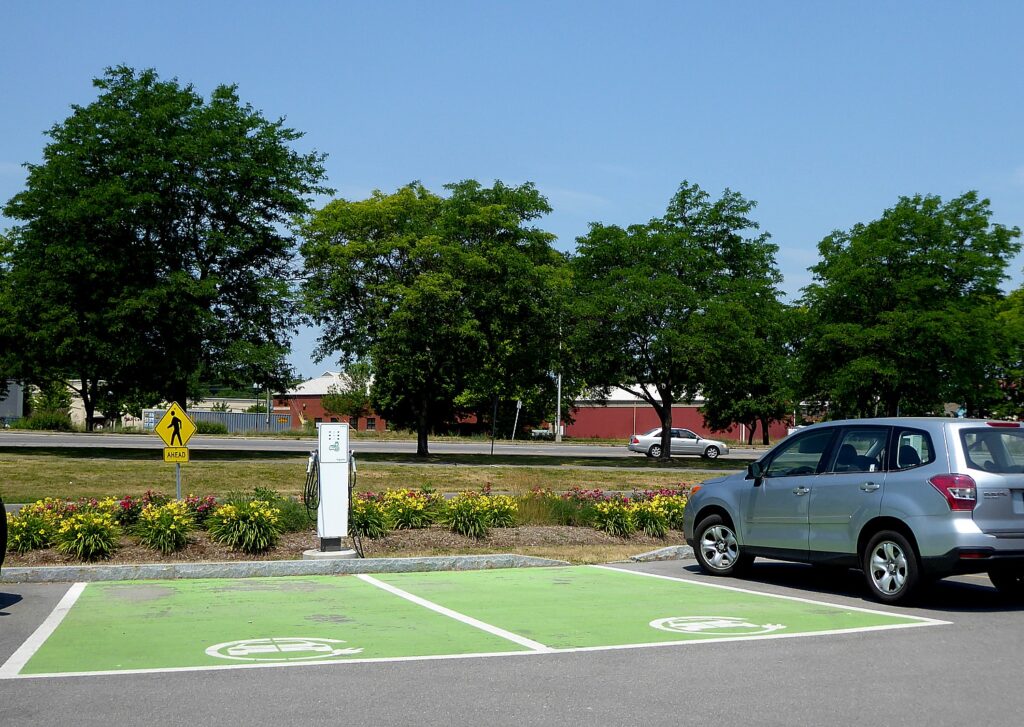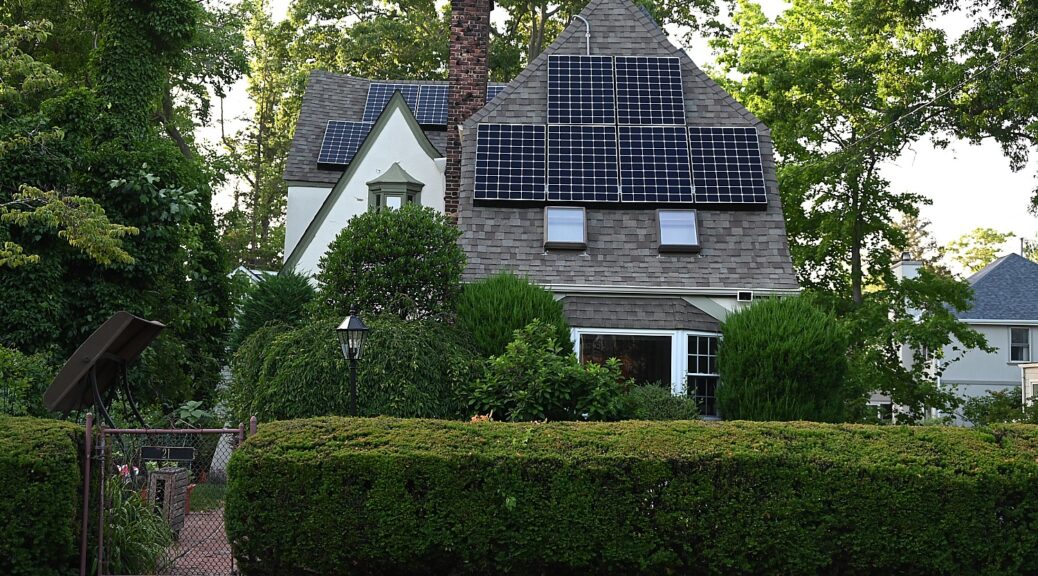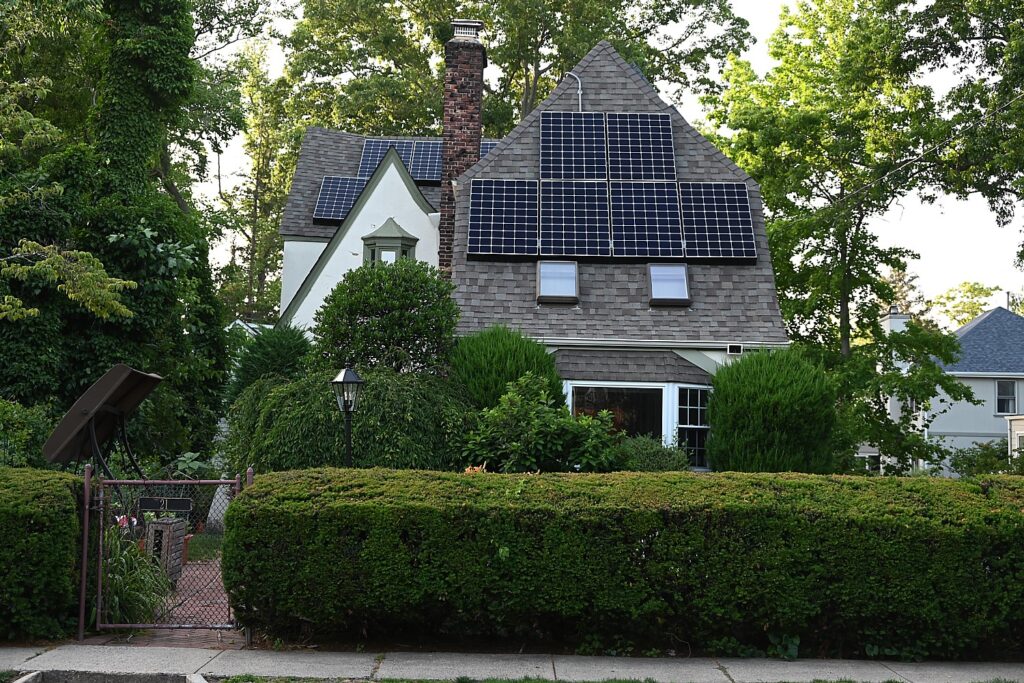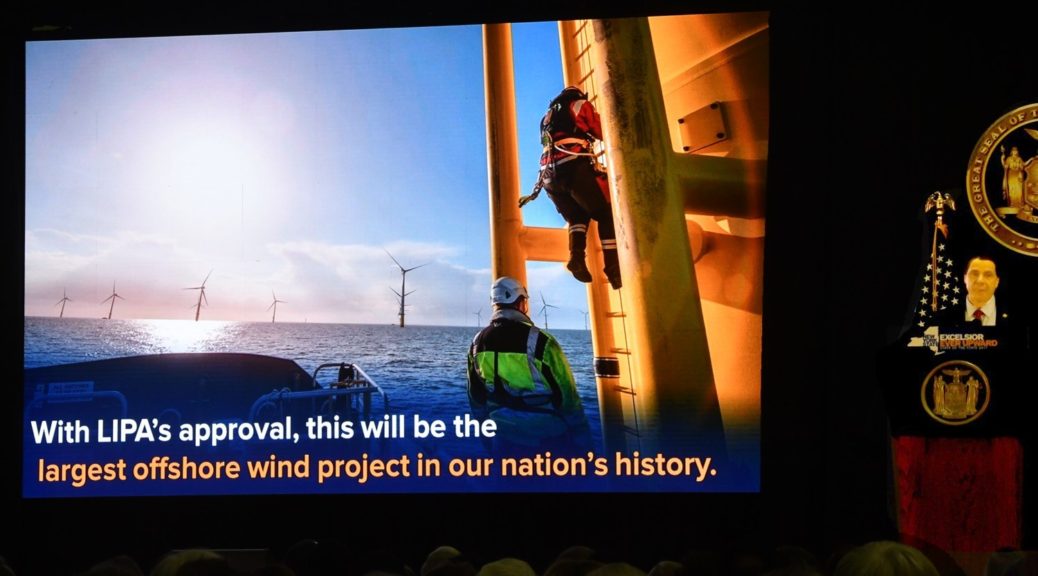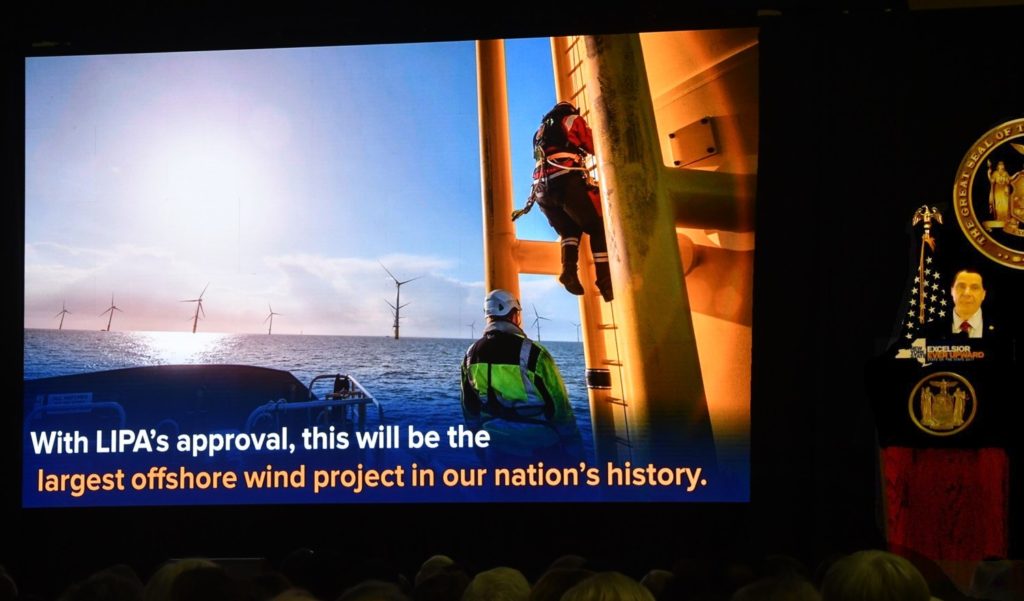Law Holds Fossil Fuel Companies Responsible for Impact of Pollution on
New York Communities
Bill Signed to Broaden State Ban on Hydraulic Fracturing
Actions are Latest Move to Strengthen State’s Climate Actions and Environmental Protection Laws to Prevent Harmful Impacts to New Yorkers
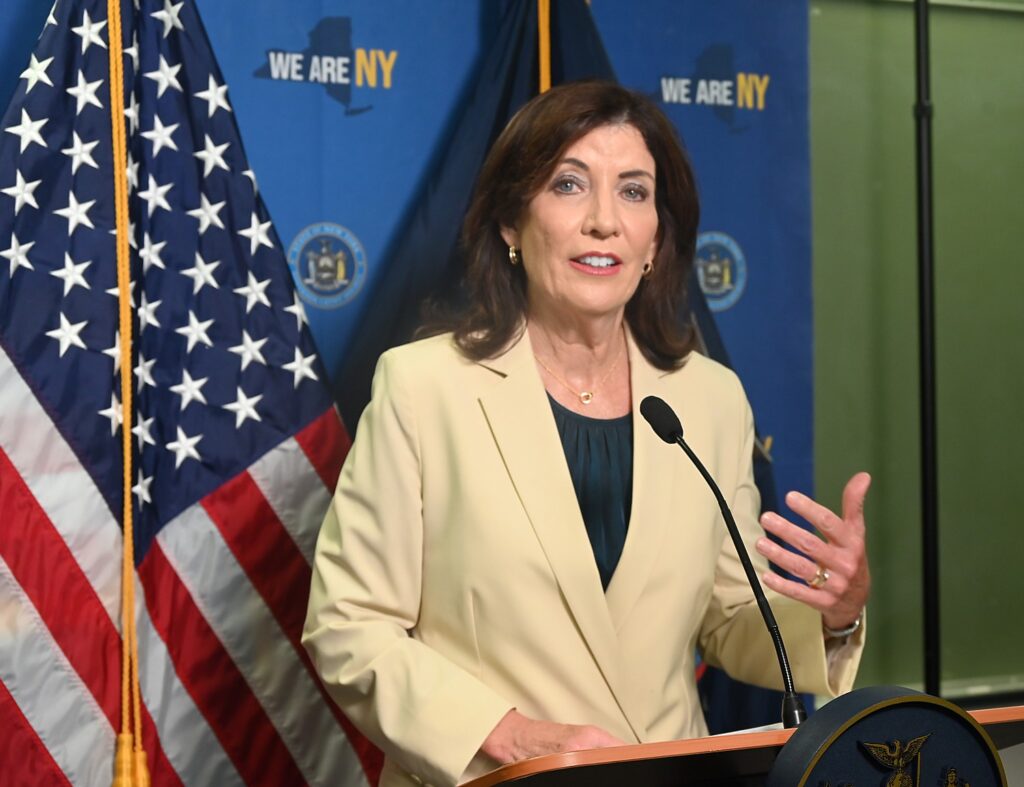
Governor Kathy Hochul has signed landmark legislation to bolster New York’s efforts to protect and restore the environment by requiring large fossil fuel companies to pay for critical projects that protect New Yorkers. Legislation S.2129-B/A.3351-B creates a ‘Climate Superfund’ to support New York-based projects that bolster New York’s resiliency to dangerous climate impacts like flooding and extreme heat.
“With nearly every record rainfall, heatwave, and coastal storm, New Yorkers are increasingly burdened with billions of dollars in health, safety, and environmental consequences due to polluters that have historically harmed our environment,” Governor Hochul said. “Establishing the Climate Superfund is the latest example of my administration taking action to hold polluters responsible for the damage done to our environment and requiring major investments in infrastructure and other projects critical to protecting our communities and economy.”
This landmark legislation shifts the cost of climate adaptation from everyday New Yorkers to the fossil fuel companies most responsible for the pollution. By creating a Climate Change Adaptation Cost Recovery Program, this law ensures that these companies contribute to the funding of critical infrastructure investments, such as coastal protection and flood mitigation systems, to enhance the climate resilience of communities across the state.
New York State Department of Environmental Conservation Interim Commissioner Sean Mahar said, “Holding polluters accountable for the damages they cause is essential to New York’s environmental protection efforts, and I commend Governor Hochul for signing this historic climate legislation into law. By ensuring those responsible for historic climate-altering emissions bear the costs of the significant health, environmental, and economic impacts already being passed on to New Yorkers, this law will complement the State’s efforts to reduce greenhouse gas emissions, help communities adapt to the climate-driven impacts experienced today, and leverage the significant investments the Governor is making in climate resilience.”
“The Climate Change Superfund Act is now law, and New York has fired a shot that will be heard round the world: the companies most responsible for the climate crisis will be held accountable,” State Senator Liz Krueger said. “Too often over the last decade, courts have dismissed lawsuits against the oil and gas industry by saying that the issue of climate culpability should be decided by legislatures. Well, the Legislature of the State of New York – the 10th largest economy in the world – has accepted the invitation, and I hope we have made ourselves very clear: the planet’s largest climate polluters bear a unique responsibility for creating the climate crisis, and they must pay their fair share to help regular New Yorkers deal with the consequences. And there’s no question that those consequences are here, and they are serious. Repairing from and preparing for extreme weather caused by climate change will cost more than half a trillion dollars statewide by 2050. That’s over $65,000 per household, and that’s on top of the disruption, injury, and death that the climate crisis is causing in every corner of our state. The Climate Change Superfund Act is a critical piece of affordability legislation that will deliver billions of dollars every year to ease the burden on regular New Yorkers.”
State Senator Pete Harckham said,“As we anticipate the enormous costs associated with climate resiliency efforts to be shouldered by municipalities statewide, it made perfect sense, from the start, to require fossil fuel companies to help pay for the undeniable damage they have done to our environment. I applaud Governor Hochul for enacting the Climate Change Superfund Act and thank my colleague Sen. Krueger and the bill’s many sponsors and all the environmental advocates who fought to protect our residents while holding polluters accountable.”
“We refuse to let the entire burden of climate change fall on the backs of our taxpayers while Big Oil reaps record profits at the expense of our future,” Assemblymember Jeffrey Dinowitz said. “The Climate Change Superfund Act is a groundbreaking victory for accountability, fairness, and environmental justice. By ensuring the fossil fuel industry pays for some of the damages it has caused, we’re addressing the staggering costs of climate adaptation and setting a precedent for the nation to follow. This law is a testament to New York’s leadership in tackling the climate crisis head-on, and I am proud to have helped lead this battle every step of the way. I thank Governor Hochul for signing this landmark bill and State Senate Sponsor Liz Krueger for her leadership.”
Assemblymember Deborah Glick said, “As the year draws to a close, New York State takes a critical step forward with Governor Hochul’s signing a Climate Superfund bill into law. This law will require major fossil fuel companies to pay into a fund which will mitigate the climate damage their greenhouse gas emissions have engendered. All New Yorkers face climate challenges from extreme rain events or extreme heat and the remediation expenses that should be borne by the enormously profitable fossil fuel industry. These desperately needed funds will provide for projects all across New York as Governor Hochul implements a Climate Adaptation Program to invest in infrastructure and coastal resilience. Additionally, thanks to Governor Hochul New York has expanded protection from the harmful practice of hydro fracturing for oil and gas production with a ban on the use of carbon dioxide for this purpose.”
Environmental Advocates NY Executive Director Vanessa Fajans-Turner said,“Governor Hochul’s signing of the Climate Change Superfund Act and the CO2 Fracking Ban are pivotal steps in safeguarding New Yorkers’ wallets and water. These measures hold the fossil fuel industry accountable for the immense costs of climate change while closing dangerous loopholes that permitted harmful fracking practices. Together, they provide vital funding for infrastructure, protect public health, reduce financial burdens on families and disadvantaged communities, and strengthen the State’s economic resilience. These actions represent significant milestones in New York’s climate journey, setting a critical precedent for corporate accountability and forward-thinking leadership as we enter a new political era. We thank Senator Krueger, Senator Webb, Assemblymember Dinowitz, Assemblymember Kelles, and Governor Hochul for their leadership in advancing these critical measures for New Yorkers.”
Sierra Club Atlantic Chapter Conservation Director Roger Downs said,“New Yorkers are desperate for climate solutions because they have directly experienced how increasingly severe storms, floods, droughts, heatwaves, and public health emergencies are hurting our communities and undermining the affordability of everything. Fossil fuel companies for decades have plunged our planet into the climate crisis, without contributing any of their windfall profits to pay for the catastrophic damage they helped create. Thanks to Governor Hochul and the legislature this gross inequity is about to change. It is significant that as the Governor signs the Climate Superfund Act she also reaffirms New York’s ten-year-old fracking ban by closing loopholes that some unscrupulous companies have sought to exploit in the continued pursuit of gas extraction. These punitive measures against past polluters dovetail perfectly with the governor’s bold vision for a ‘Cap and Invest’ program that will help curb future greenhouse gas emissions and generate revenue to help New York transition to a more equitable clean energy economy. The Sierra Club is excited to see this momentum carry into 2025.”
“Thank you to Governor Hochul for signing the ban on drilling and fracking with carbon dioxide. New Yorkers can breathe a sigh of relief knowing that the loophole is closed and our state will remain frack free,” Frack Action Director Julia Walsh said. “Our thanks also to the legislature for passing the bill.”
New York Public Interest Research Group (NYPIRG) Executive Director Blair Horner said,“The governor’s approval of the Climate Change Superfund Act is a welcome holiday gift for New York taxpayers. Until her approval, New York taxpayers were 100% on the financial hook for climate costs. Now Big Oil will pay for much of the damages that they helped cause. As a result, New Yorkers will have their future tax burden reduced by $3 billion annually. This legislation is also designed to ensure that the oil industry will protect consumers from Climate Superfund costs being passed along. It’s a win for taxpayers and consumers. NYPIRG applauds the action by Governor Hochul, Senator Krueger, Assemblymember Dinowitz, and the other legislative supporters for making this innovative proposal become law.”
Another new significant climate law signed by Governor Hochul earlier this week expands upon New York State’s 2014 prohibition of high-volume hydraulic fracturing to extract natural gas. Legislation S.8357/A.8866 amends the State Environmental Conservation Law to prohibit the use of carbon dioxide in gas or oil extraction to prevent potential negative health or environmental effects from carbon dioxide fracking in the state.
State Senator Lea Webb said, “This is a significant win for our region and state, protecting our environment, our water, and the health of our communities from the harmful and uncertain impacts of CO2 fracking. I want to thank the advocates who have fought hard for this measure, Assemblymember Kelles, my Assembly and Senate partners, Senate Majority Leader Stewart Cousins and Governor Hochul for signing this into law, continuing our leadership in advancing New York’s sustainable and environmentally conscious policies.”
Assemblymember Anna Kelles said,“New York State wisely prohibited high-volume hydraulic fracturing in 2020, and I’m thankful to the Governor for signing this bill into law to expand the fracking ban and prevent the use of supercritical carbon dioxide for gas and oil extraction. The negative health and environmental consequences of fracking are only further exacerbated by the use of a highly corrosive supercritical CO2 substance for the purposes of extraction. Supercritical CO2 becomes highly corrosive in the presence of the smallest amount of water and is known to cause pipeline ruptures displacing ambient oxygen as well as destabilization of the very ground under our feet when used for oil and gas extraction due to soil and rock acidification and demineralization. This bill is closing a loophole in our state’s fracking ban to protect our people, our environment and our economy. I want to thank my bill cosponsor Senator Lea Webb and the tens of thousands of concerned citizens for helping to strengthen our states environmental protections against harmful fracking practices.”
New York State’s Climate Agenda
New York State’s climate agenda calls for an affordable and just transition to a clean energy economy that creates family-sustaining jobs, promotes economic growth through green investments, and directs a minimum of 35 percent of the benefits to disadvantaged communities. New York is advancing a suite of efforts to achieve an emissions-free economy by 2050, including in the energy, buildings, transportation, and waste sectors.

